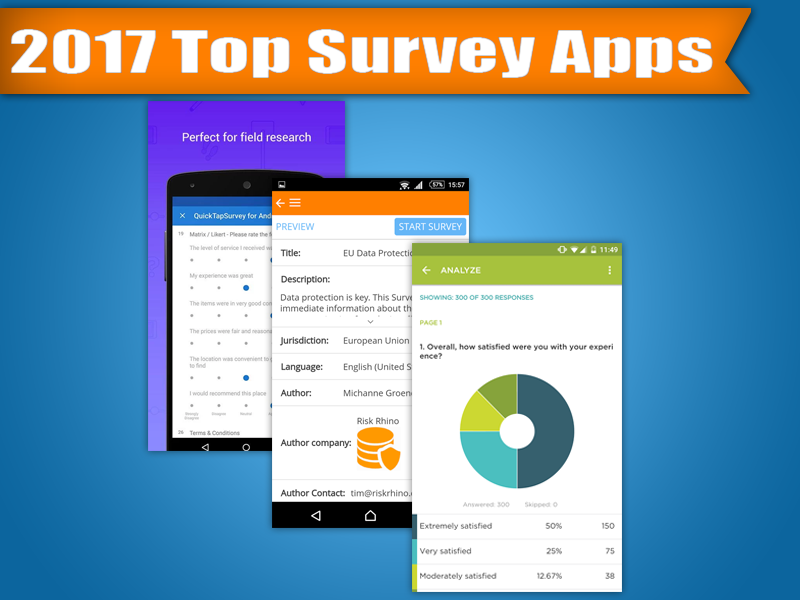Wondering how much it costs to bring your brilliant app idea to life?
Brace yourself, because the price range might surprise you. The cost of developing an iOS app can vary greatly, depending on the intricacy of your concept and its complexity.
What factors contribute to this cost? In this captivating journey, we’ll delve into the fascinating world of iOS app development, exploring the key elements that shape the price tag and uncovering the secrets behind creating successful mobile applications. Get ready to be enthralled by the wonders of this rapidly evolving field, where innovation and imagination know no bounds.

Mobile app development is a complex and expensive process. Furthermore, there is no assurance that the application will be used by your target market. Therefore, it’s crucial to conduct marketing research and see how relevant and necessary this app is for your business. If you understand that one website isn’t enough and your target audience will actively use the application, it’s time to start choosing a contractor and to hire iPad apps developers. But you shouldn’t immediately pay the first company from the search results. Read this article first.
Today, we will tell you how to save money on developing an iOS application for your company. Let’s go!
What Determines A Mobile Application’s Total Cost?
First of all, let’s determine what affects the cost of mobile app development. Numerous factors influence the final price of a product — from the need for preliminary market research to the customer’s requirements for the features. As a rule, the formation of cost occurs by calculating the total amount of expenses required directly for the implementation of a particular project.

Factors determining the cost of developing a mobile application in general and an iOS app, in particular, include:
- App Complexity: The complexity of the desired features and functionalities significantly impacts development costs. More complex apps with advanced features, integrations, or customizations require additional time and effort, resulting in higher costs.
- Design Requirements: The complexity and uniqueness of the app’s design play a role in cost. Customized and visually appealing designs may require more time and specialized skills from designers, impacting the overall development cost.
- Development Platform: The choice of development platform, such as iOS, Android, or cross-platform, affects the cost. Building separate native apps for iOS and Android tends to be more expensive than utilizing cross-platform frameworks that allow code sharing.
- Technical Integrations: Integrating third-party APIs, databases, or external systems can increase development costs. Complex integrations require additional development time and may involve licensing fees or ongoing service costs.
- User Authentication and Security: Implementing secure user authentication, data encryption, and ensuring compliance with privacy regulations adds to the development cost. Robust security measures require careful implementation and testing.
- Backend Infrastructure: The need for a custom backend infrastructure, server setup, and database design impacts costs. Building and maintaining scalable and efficient backend systems require expertise and additional development efforts.
- Testing and Quality Assurance: Thorough testing and quality assurance processes contribute to the development cost. Extensive testing across various devices, operating systems, and scenarios ensures a stable and bug-free app.
- Maintenance and Updates: Ongoing maintenance, updates, and support are important for app longevity. Budgeting for post-launch support, bug fixes, compatibility updates, and new feature development should be considered in the overall cost.
- Team Composition and Location: The size and composition of the development team, along with their location, affect costs. Hiring experienced developers, designers, and testers in regions with higher labor costs increases the development expenses.
- Timeframe and Project Management: The timeline allocated for development influences the cost. Rushing development or compressing timelines may require additional resources and lead to higher expenses. Effective project management and communication also impact cost.
It’s important to note that these factors are general considerations, and the actual cost can vary based on individual project requirements, market rates, and other specific factors.
Top Ways To Save Money On Mobile App Development
Use PWA technology
Many business owners make one big mistake and immediately give a lot of money to a contractor who promises to make a cool application in a short time. In fact, you can save at the stage of considering the possibility of creating such software.

The fact is that many businesses don’t need an application at all. It’s enough to use Progressive Web Application (PAW). This is something between the usual mobile applications and websites. You create a site with a well-developed mobile version, which receives the functions of an application. However, it’s worth noting that iOS isn’t very fond of PWA apps. Some of its features may not work. But not all of your customers use iOS only.
Choose a simple design
If your main goal is functionality and ease of use, then a simple design will help you save money. This is a reliable way to reduce development costs. An overloaded app with various UI elements will only lead to unnecessary expenses and most likely tire users and lead to dissatisfaction with your product. And, as a result, it won’t be used by your target audience, and you will waste a huge amount.
Fix bugs regularly
Of course, you want to save money, but no one talked about reducing the amount of work. Traditionally, bugs are fixed when the development is completed. But this entails a lot of fixes and delays in the launch process. The application won’t work and bring benefits and income while it has a lot of bugs.

Therefore, we recommend you identify and fix problems at the development stage. It’s best to hire a separate tester to perform this task and save you time. The price for QA services can be significantly lower than the cost of a serious “repair”.
Select a proven development team
This point matters as well. It can save you time and reduce costs. The fact is that many eminent companies often overestimate the cost while not guaranteeing high quality and not providing post-launch support. In order to save money, try to choose some small and not very well-known teams. Often, they have enough knowledge and experience to create the software you need. Finding them is difficult but possible. They also usually have a lot of orders, as they make a quality product for a relatively low price.
In addition, you can hire a freelancer to create a prototype app for testing on the target audience and further development of a full-fledged one. It’s better not to trust the development of the entire application to a freelancer. As a rule, you will simply lose money or get a low-quality result. However, there are exceptions to all rules.
Final Thoughts
Is it possible to save on iOS mobile application development? Definitely yes. You can save money if you divide this process into stages. For instance, entrust the writing of technical specifications to the manager of your company or a freelancer; your employee will also manage the application itself; and you will outsource the development process. And remember — hire developers when you are sure that such a product is necessary for your business.



